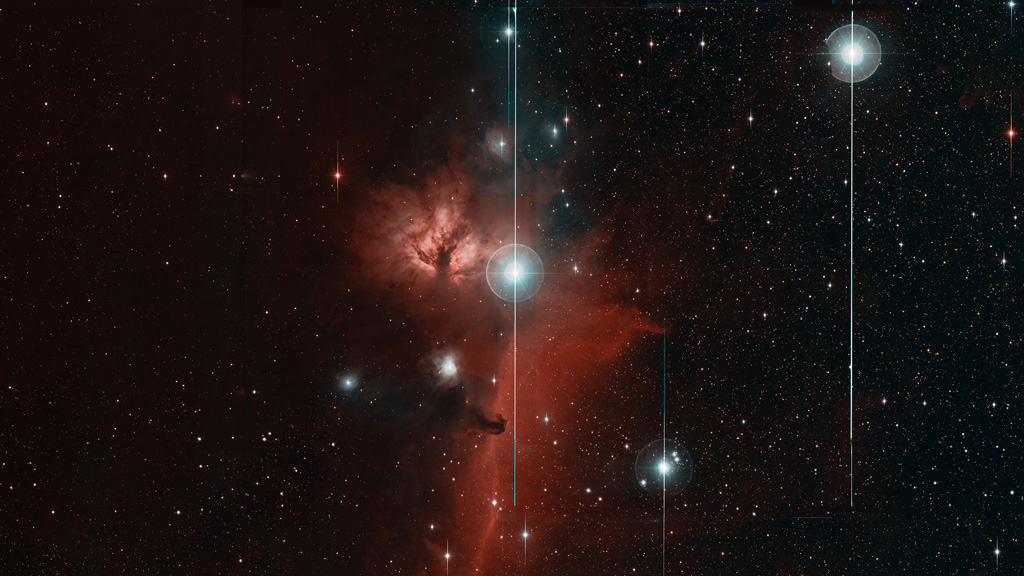
Ep. 517: Fritz Zwicky and the Zwicky Transient Facility
One of the most influential astronomers in the 20th Century was Fritz Zwicky. He had his hand in the discovery of dark matter, gravitational lensing, supernovae and neutron stars. And he also worked on a few more controversial ideas like, uh, tired light. Let’s learn more about Zwicky.
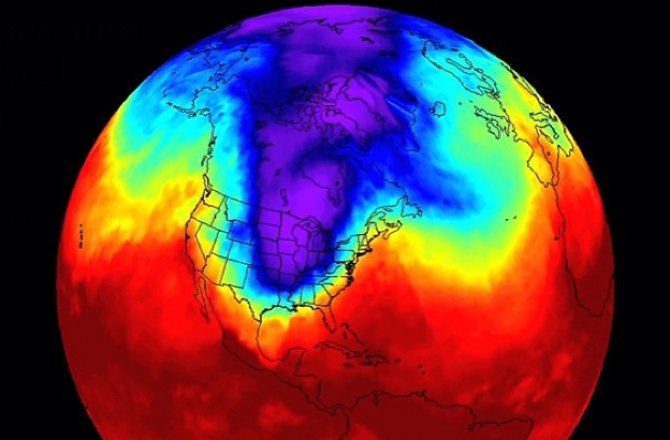
Ep. 516: Polar Vortices
It’s cold right now. Okay, fine, here on Vancouver Island, it’s actually pretty warm. But for the rest of Canada and big parts of the US, it’s terrifyingly cold. Colder than Mars or the North Pole cold. This is all thanks to the break up of the polar vortex. What are polar vertices, how do they form, and where else to we find them in the Solar System?

Ep. 515: Space Radiation
Space is a hostile environment in so many ways. But one of its worst features is the various kinds of radiation you can find. When astronauts go back beyond the protective environment of the Earth’s magnetosphere, what are the various kinds of radiation they’ll encounter. And is there anything we’ll be able to do about it?
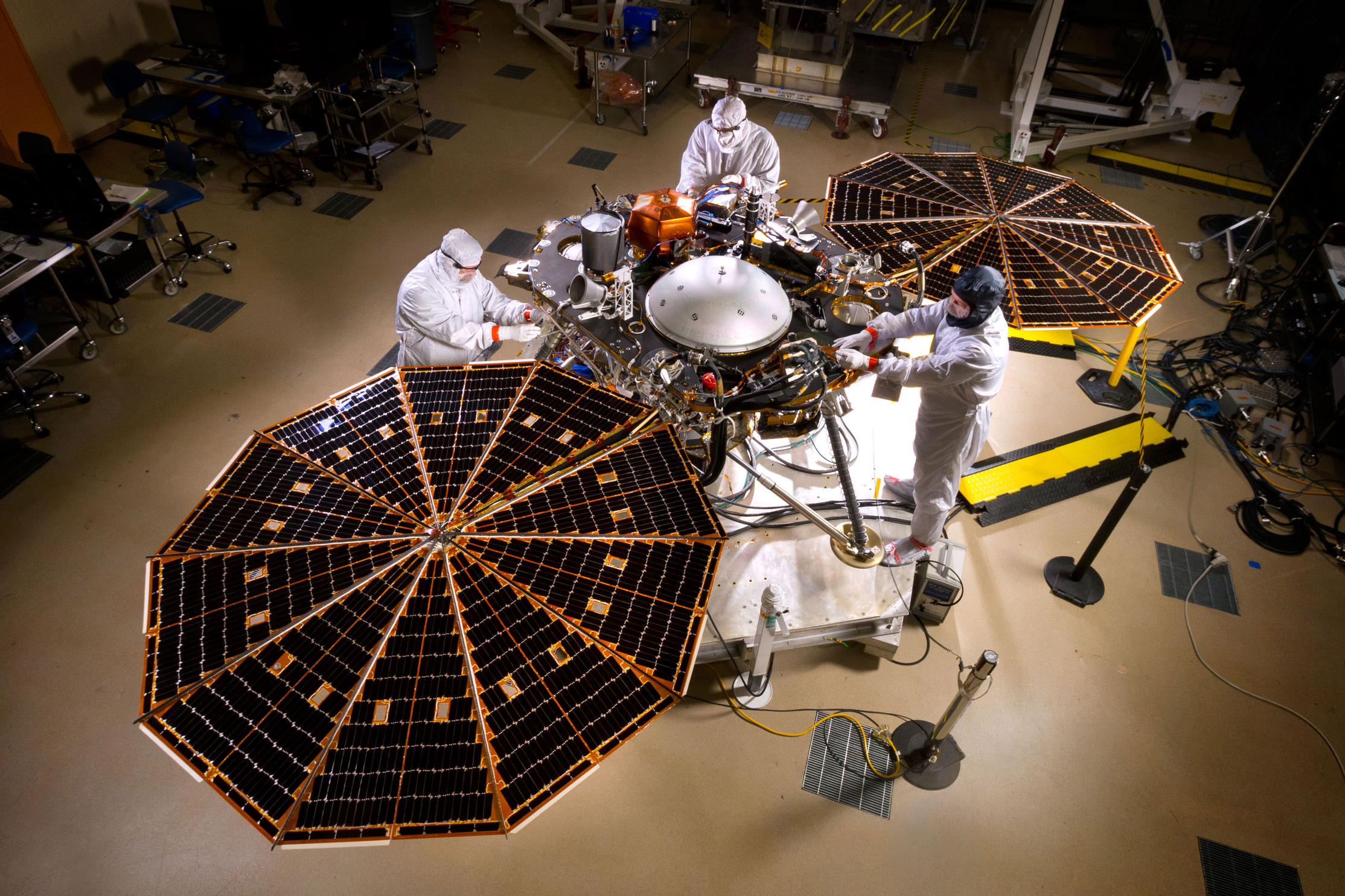
Ep. 514: Planetary Protection Protocols
As we send rovers and landers to other worlds, we have to think about the tiny microbial astronauts we’re sending along with us. In fact, NASA is so concerned about infecting other worlds that it has established the planetary protection protocols. Just to be safe.
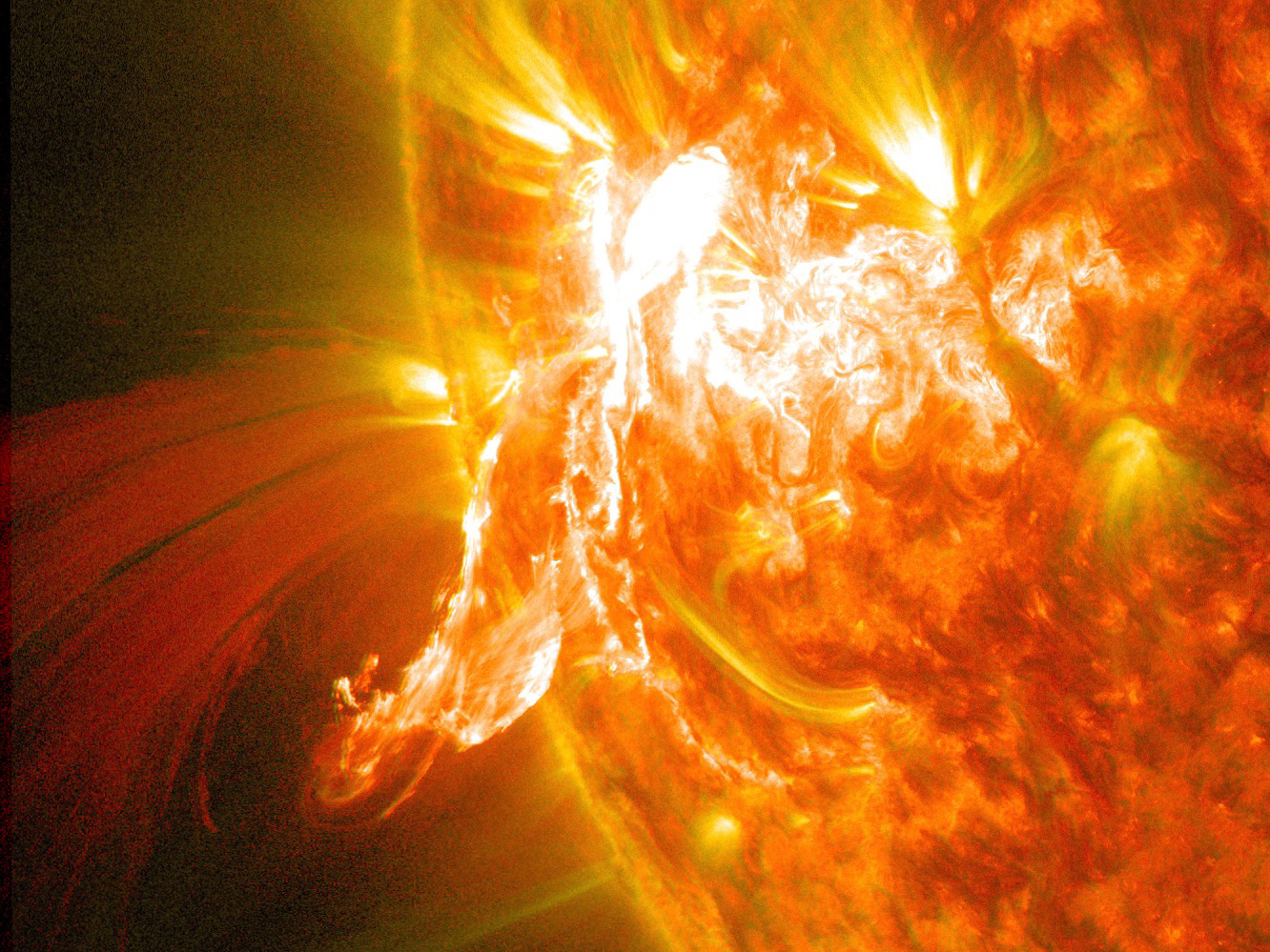
Ep. 513: Stellar Fusion
The Sun. It’s a big ball of fire, right? Apparently not. In fact, what’s going on inside of the Sun took us some time and knowledge of physics to finally figure out: stellar fusion. Let’s talk about the different kinds of fusion, and how we’re trying to adapt it to generate power here on Earth.
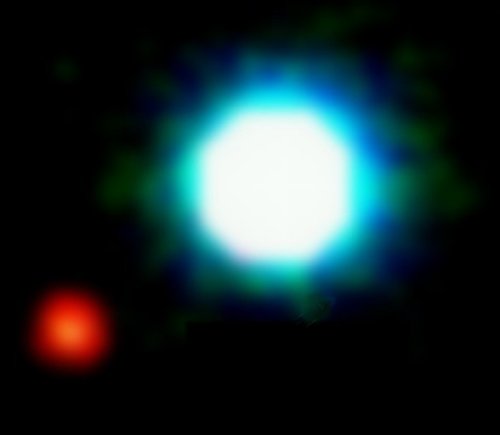
Ep. 512: Direct Imaging of Exoplanets
Finding planets is old news, we now know of thousands and thousands of the places. But the terrible irony is that we can only see a fraction of the planets out there using the traditional methods of radial velocity and transits. But the new telescopes will take things to the next level and image planets directly.
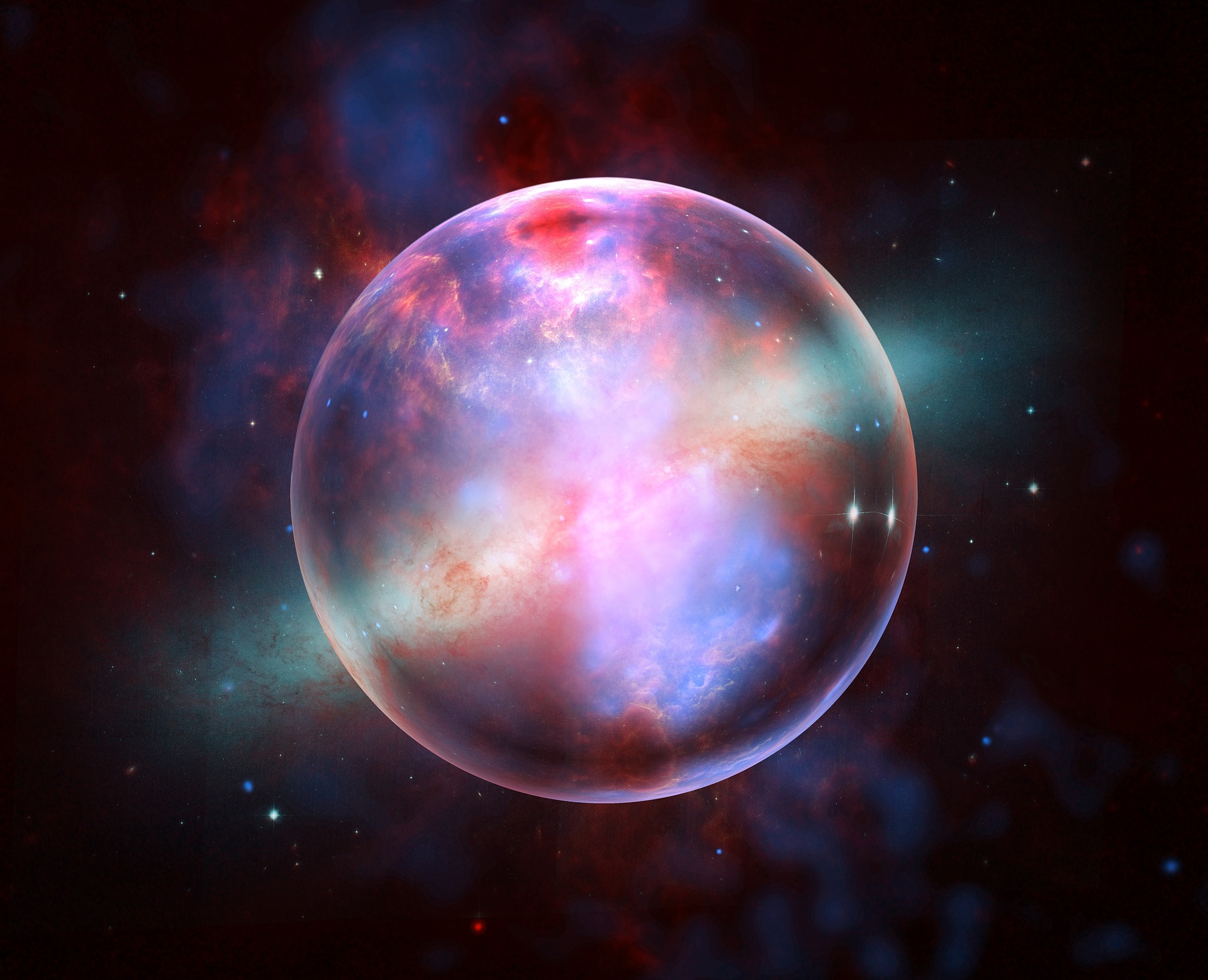
Ep. 511: Predictions for 2019
We did it, we made it through 2018 in space. Now let’s look forward to the incredible launches, discoveries and astronomical events happening in 2019.
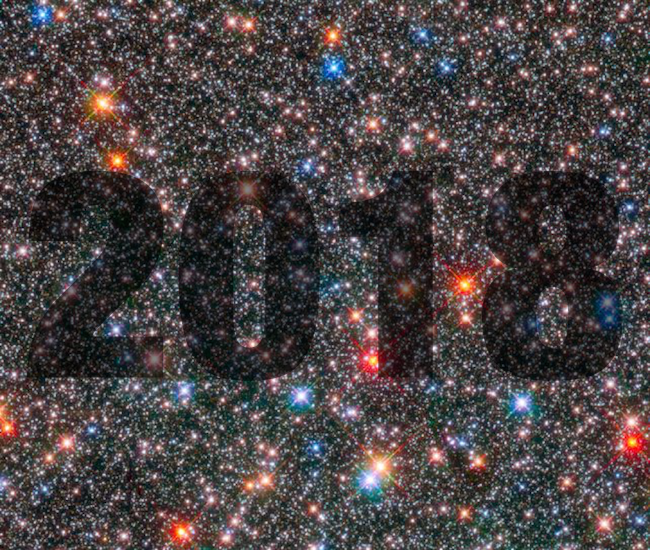
Ep. 510: 2018 – Year in Review
2018 was an incredible year in space news. Rockets launched, landers landed, spacecraft were born and died. We learned tremendous new things about Universe around us, and today we’re here to look back fondly over the last 12 months to review the year in space that was.

Astronomy Cast has won a Parsec Award!
After many years as a finalist, Astronomy Cast has finally won in the Fact Behind the Fiction category of the 2018 Parsec Awards, joining the ranks of other fantastic podcasts such as Talk Nerdy with Cara Santa Maria, HubbleCast, the Planetary Society’s Planetary Radio, Monster Talk, 365 Days of Astronomy and Universe Today’s Guide to Space.
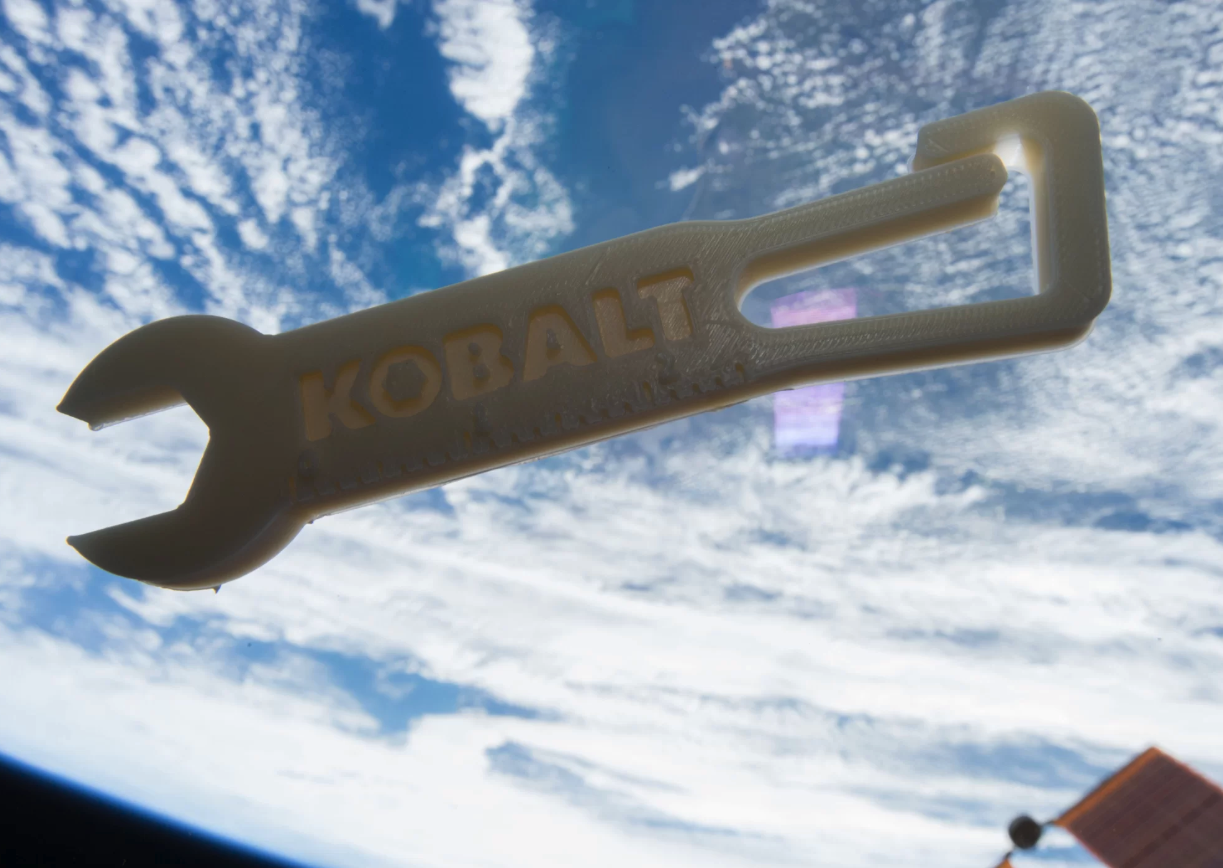
Ep. 509: Fiction to Fact: 3D Printers
The technology of 3D printing is taking off. From tiny home-based 3D printers to larger manufacturing. And of course, 3D printing is going to space with the International Space Station and beyond.
